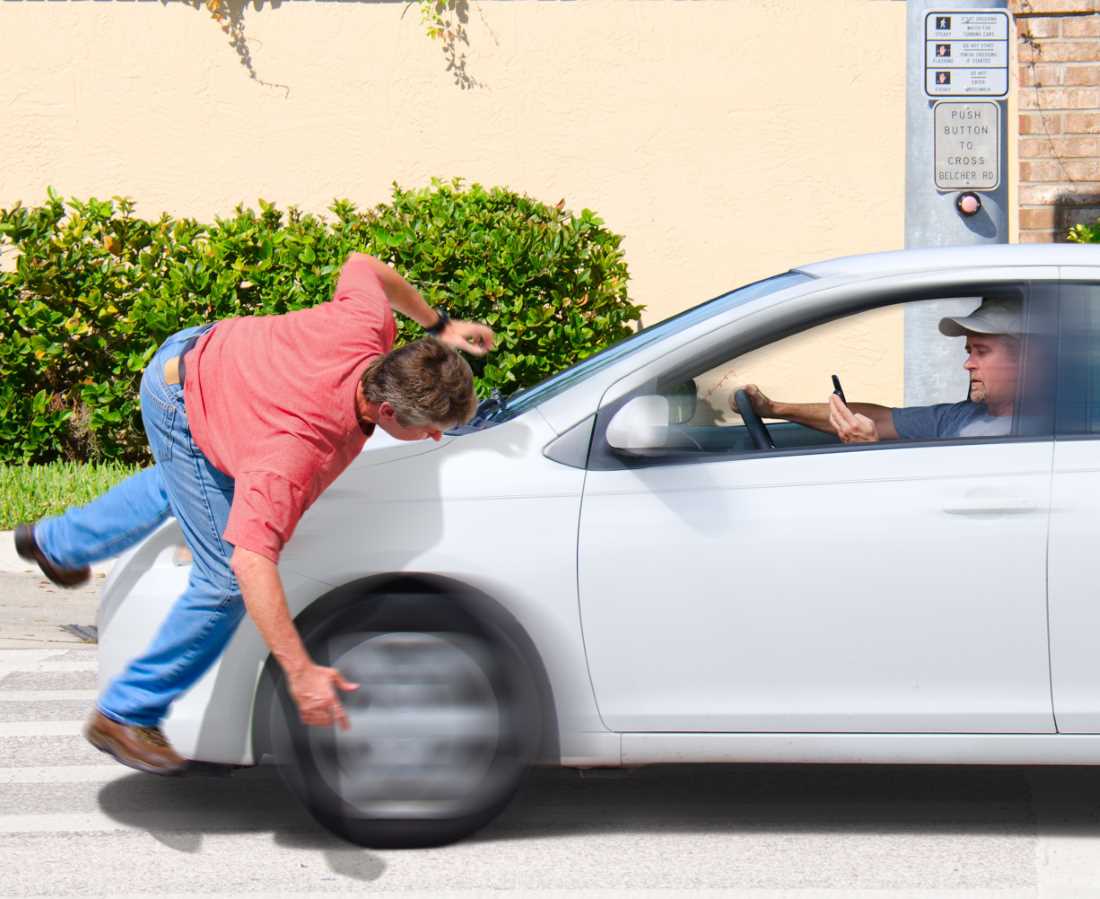Between 3000 to 4000 people are killed annually by distracted driving
A ringing cell phone, fighting kids, or a spilling coffee cup, no one is immune from distractions. The average car weighs around 5000 pounds. When you mix distractions and a vehicle traveling down the road, you get distracted driving. Distracted driving can occur when something diverts your attention from the task of safe and attentive driving.
A study by the U.S. Department of Transportation estimates between 3000 to 4000 people are killed annually by distracted driving. According to the Center for Disease Control – Injury Center, there are three primary types of distractions:

Mental or cognitive – when a driver’s mind is focused on something besides driving. These can include talking to another passenger, thinking about something that is upsetting, road rage, daydreaming, or being under the influence of drugs and/or alcohol.
Visual – when a driver looks at something other than what is ahead on the road. These can include looking for items on the floor of the car, checking and adjusting your GPS, changing the radio station, adjusting your temperature controls, taking in the view, or doing your makeup.
Manual – when one or both hands are taken off the wheel. These can include eating and drinking, adjusting your child's seatbelt, smoking, searching through your purse or wallet, or turning knobs in your car.
There are things you can do to ensure you are driving as safely as possible. Here are some simple ways to minimize driving distractions:
- Keep your eyes on the road.
- Pull over to read directions.
- Put your phone in “Do Not Disturb” mode.
- Keep your phone out of reach.
- Make all adjustments before driving.
- Don’t reach for items while driving.
- Avoid phone calls, even hands-free.
- Stay focused on the road.
- Keep your emotions in check.
Distracted driving is a major cause of car-related injuries. Complacency can be a huge factor. Many accidents happen near or around your home due to your familiarity with the surroundings. Do your best to stay focused on the task of driving safely and you will be able to respond more quickly, be better positioned to think clearly when needing to respond, and likely spot a distraction before it becomes a problem.